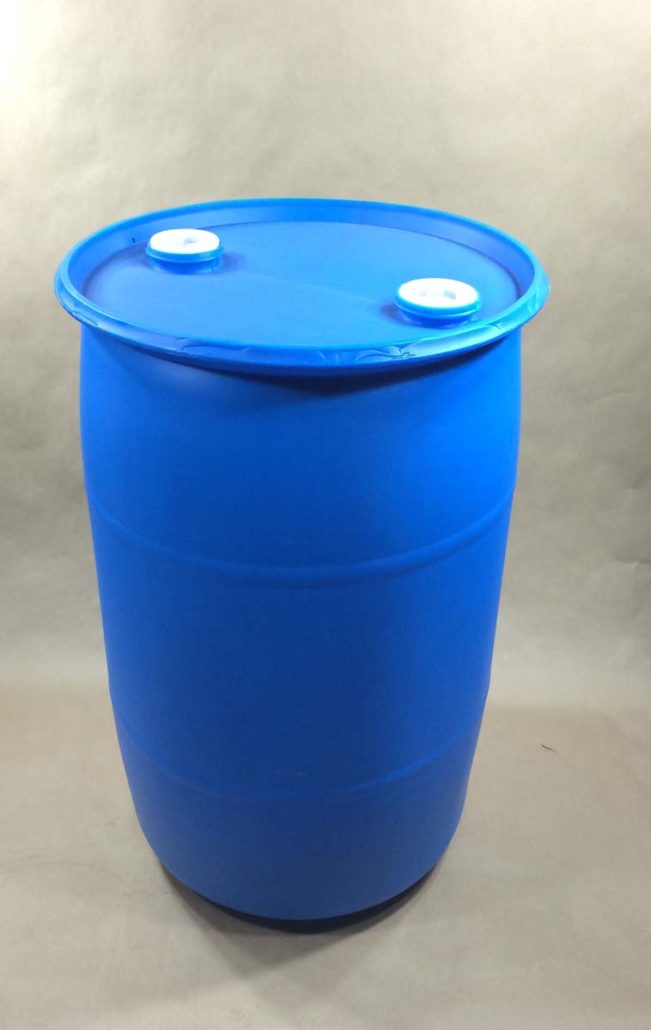
It is recommended that you clean your boiler, and copper parts by distilling water with a little bit of white vinegar in it, especially if your still has never been used before, or hasn’t been used in a while.
Making A Simple Sugar Cane Mash
You will need:
- Sanitizer
- Appropriately sized stir utensils.
- Clean water source: No organics, No toxins (needs to be yeast friendly, while not harboring organisms that will compete with yeast.)
- Cane Sugar (2.2 pounds per gallon of water used)
- Sealed container with airlock
- Yeast (Turbo yeast is ideal as it can survive in much higher ABV (20%) than most yeasts, and converts much faster.)
- Heat belts and insulation are advised if ambient temperature is below 70F
Directions:
- Clean everything with food grade sanitizer! You do not want to have tiny organisms competing with or killing your yeast.
- Fill your container about 80% with water, and get it hot. No more than a light boil should be necessary. If you are using a plastic container you can do this by running water in from a hot water line, or heating it in a pot over the stove, and transferring it into your container. The hot water will do several things. It will further sanitize your container, it will help your sugar fall into solution, and it will help get your yeast started. (Boiling mash is also common practice because often times sugars are extracted from organics through boiling.)
- Slowly add sugar to your water while it is hot, and stir into solution.
- Often times it is good practice to test the yeast to make sure that it will work. You can do this by taking a one cup sample of your sugar water, mixing in an extra tablespoon of sugar, and when it is luke warm you add 1/4 of a packet of Turbo Yeast. Wait about 5-10 minutes, and if it starts to froth up, then you have good yeast. When your sugar water has cooled down to a warm temperature right around 80F, you can add the sample back into the container ‘pitching yeast’, and add in the rest of your yeast.
- Stirring yeast in is not necessary, and at this point you can put the sealed lid on, make sure that your air lock is assembled correctly and properly filled with water.
- As your yeast activates it will froth up above the water level, and can create a lot of heat throughout container. There is a chance of overflow, especially if the container was overfilled. If the yeast get to hot they can pasteurize/ kill themselves. If the yeast get to cold they will die or go into hibernation. The most activity will take place in the first days. Make sure that the temperatures don’t go below 70F, or above 90F. Blankets and heat belts can be used for cold ambient temperatures, while fans and herms coil can be used for hot ambient temperatures. Yeast are pretty hardy organisms, but sometimes they do need a little help.
- You can open up the lid and stir the mash once a day if you like. Some people say it helps with thorough fermentation, and mixes in a little bit of oxygen (which allow the yeast to reproduce). However this is not absolutely necessary.
- As the week/ weeks go on you should notice that the bubbling of the airlock has gone from a steady outgassing to an occasional bubble. This means that the yeast has done it’s job, and your mash is more or less fully fermented.

